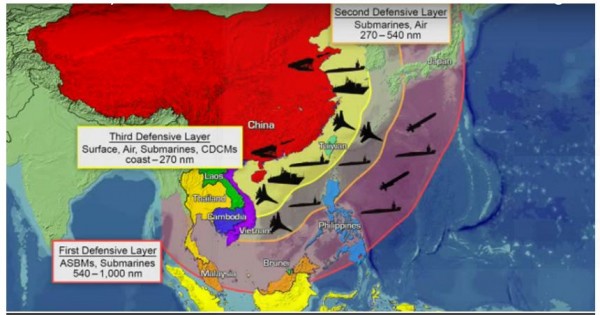China’s A2/AD Strategy isn’t a Decisive Threat to the United States, Says Scholarly Study
| Arthur Dominic Villasanta | | Dec 07, 2016 09:21 PM EST |
(Photo : DoD) China's A2/AD defense system and its three layers.
China's Anti-Access/Area-Denial (A2/AD) strategy isn't a decisive, long-term threat to the United States or its allies in Asia, argues an in-depth study published by two defense scholars.
Stephen Biddle and Ivan Oelrich, co-authors of the study "Future Warfare in the Western Pacific" published in prestigious peer-reviewed journal, International Security, contend the U.S. shouldn't concern itself that much with China's A2/AD strategy despite advances in reconnaissance, surveillance, and target acquisition (RSTA) technologies.
Like Us on Facebook
The reason for the author's argument is based on the laws of physics such as constraints posed by the curvature of the Earth, and the known limitations of radar, in-orbit satellites, submarines and aerial drones.
Biddle is Professor of Political Science and International Affairs at George Washington University, and Adjunct Senior Fellow for Defense Policy at the Council on Foreign Relations. Oelrich served as Vice President for the Strategic Security Program at the Federation of American Scientists, and is Adjunct Professor of International Affairs at George Washington University.
Biddle and Oelrich argue that "it will be especially difficult for China ... to extend A2/AD's reach beyond about 400-600 km from a friendly coast."
This because airborne radars such as those aboard Airborne Early Warning and Control (AEWC) aircraft can't be safely deployed beyond the reach of land-based air defense systems. To do so in the presence of a U.S. Navy carrier warfare group would be to invite the immediate destruction of Chinese AEWC aircraft, of which China only has a few.
Because of this, China is forced to rely on active radar for targeting data needed by its ballistic missiles such as the DF-16 with a range of 1,000 kilometers. This targeting data, however, is restricted by the Earth's curvature and the physical horizon of 400 km to 600 km from the coast of Mainland China.
Biddle and Oelrich also contend that "only radar can provide the broad-area, day-night, long-range detection essential for A2/AD."
They also said alternatives to radar for A2/AD systems fall short of the requirements needed to guide a long-range missile to a maneuvering target consisting of U.S. Navy warships 1,000 km distant.
Ground-based over-the-horizon (OTH) radar can't extend the range of A2/AD because it operates at frequencies unsuitable for target acquisition. Satellites, on the other hand, are too vulnerable and this vulnerability to countermeasures precludes them from providing the necessary RSTA capability to extend the reach of A2/AD.
Submarines won't be able to extend A2/AD's range, say Biddle and Oelrich. To operate in distant waters under hostile control, submarines must use onboard sonars and operate near the targets they plan to observe or attack. This need makes them more vulnerable to detection.
Tagschina, anti-access/area denial, A2/AD, United States, Stephen Biddle, Ivan Oelrich, Future Warfare in the Western Pacific
©2015 Chinatopix All rights reserved. Do not reproduce without permission
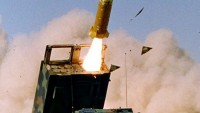 US Army AtacMS will be Upgraded to Sink Warships; Create A2/AD Zones
US Army AtacMS will be Upgraded to Sink Warships; Create A2/AD Zones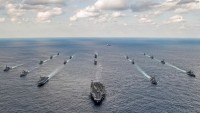 US will Win a War against China Before 2025, Says Global Think Tank
US will Win a War against China Before 2025, Says Global Think Tank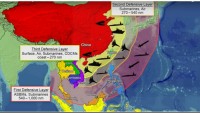 US Confident its ‘Multi-Domain Battle’ Concept will Destroy China’s A2/AD Defenses
US Confident its ‘Multi-Domain Battle’ Concept will Destroy China’s A2/AD Defenses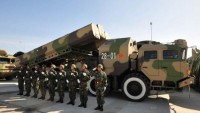 China Strengthening A2/AD Defenses to End US Navy Freedom of Navigation Patrols
China Strengthening A2/AD Defenses to End US Navy Freedom of Navigation Patrols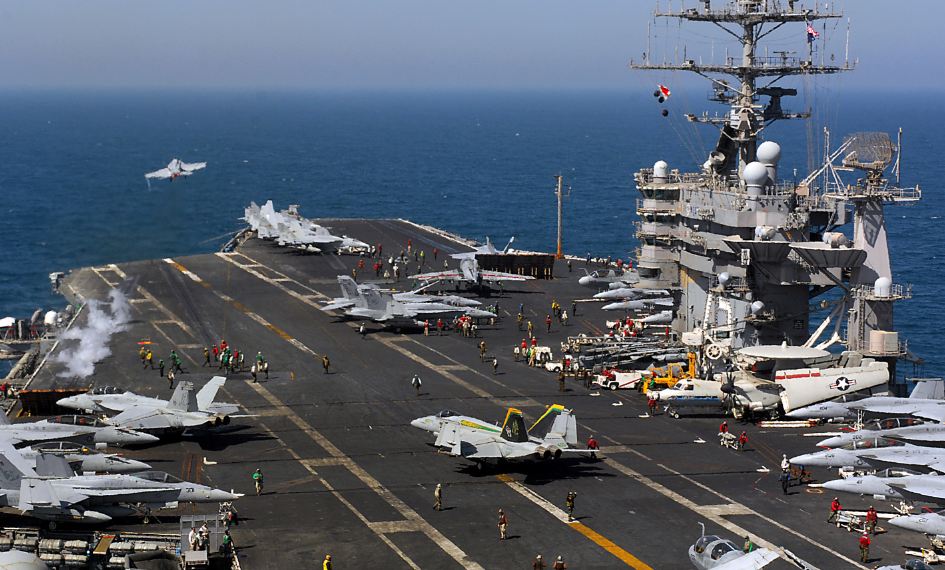 US Navy can Defeat China’s A2/AD Strategy
US Navy can Defeat China’s A2/AD Strategy
EDITOR'S PICKS
-

Did the Trump administration just announce plans for a trade war with ‘hostile’ China and Russia?
-

US Senate passes Taiwan travel bill slammed by China
-

As Yan Sihong’s family grieves, here are other Chinese students who went missing abroad. Some have never been found
-

Beijing blasts Western critics who ‘smear China’ with the term sharp power
-

China Envoy Seeks to Defuse Tensions With U.S. as a Trade War Brews
-

Singapore's Deputy PM Provides Bitcoin Vote of Confidence Amid China's Blanket Bans
-

China warns investors over risks in overseas virtual currency trading
-

Chinese government most trustworthy: survey
-

Kashima Antlers On Course For Back-To-Back Titles
MOST POPULAR
LATEST NEWS
Zhou Yongkang: China's Former Security Chief Sentenced to Life in Prison

China's former Chief of the Ministry of Public Security, Zhou Yongkang, has been given a life sentence after he was found guilty of abusing his office, bribery and deliberately ... Full Article
TRENDING STORY

China Pork Prices Expected to Stabilize As The Supplies Recover

Elephone P9000 Smartphone is now on Sale on Amazon India

There's a Big Chance Cliffhangers Won't Still Be Resolved When Grey's Anatomy Season 13 Returns

Supreme Court Ruled on Samsung vs Apple Dispute for Patent Infringement

Microsoft Surface Pro 5 Rumors and Release Date: What is the Latest?
